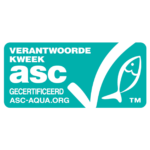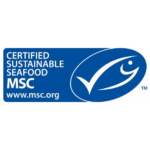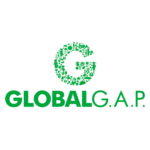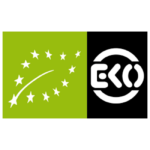Manila clam
Europe, inland waters
Handdredge
- Jan
- Feb
- Mar
- Apr
- May
- Jun
- Jul
- Aug
- Sep
- Oct
- Nov
- Dec
Shellfish is a culinary term that is often used for several species of molluscs, gastropods, bivalves and arthropods. Some examples are the St. James shell, mussels, razor clams, oysters, cockles and whelks. Most shellfish live partly or fully buried into the seabed, mostly in sandy or gravelly bottoms. They feed by filtering nutrients out of the water. Seed and eggs are released into the water and fertilized externally. Most shellfish are hermaphroditic, they can be both male and female. There are many different shellfish species in the North Sea that are very much suitable for consumption. Fishing methods on shellfish include hand-picking, dredging or mechanic dredges (suckers).
The Manilla clam, also known as the Japanese littleneck clam, likes to burrow itself into sandy and muddy substrates. They can mostly be found at depths of 10 centimetres. This species is native to Asia but has been introduced all over the world, including the Netherlands. The Manilla clam can reach lengths of up to 7.5 centimetres.
Europe, inland waters
Handdredge
Pacific Ocean, north-east and north-west (FAO 61|67)
Dredges

Fish with the ASC label is farmed in a sustainable manner.

Fish with the MSC label is caught sustainably.
This fish is not being overfished or is being responsibly farmed, with minimal impact on the environment.
This fish is a second choice. There are still some improvements to be made in this fishery or fish farm.
Do not buy this fish. It's being overfished or the way it's farmed or caught has a negative impact on the environment.

There is fish available of this species that is farmed or caught using high welfare standards.

GlobalG.A.P. certified farms are doing a step in the right direction in terms of sustainability. A few species with this label are getting a better score on the VISwijzer.

Organic standards are the strictest when it comes to fish feed. They also require certain measures for animal well-being.